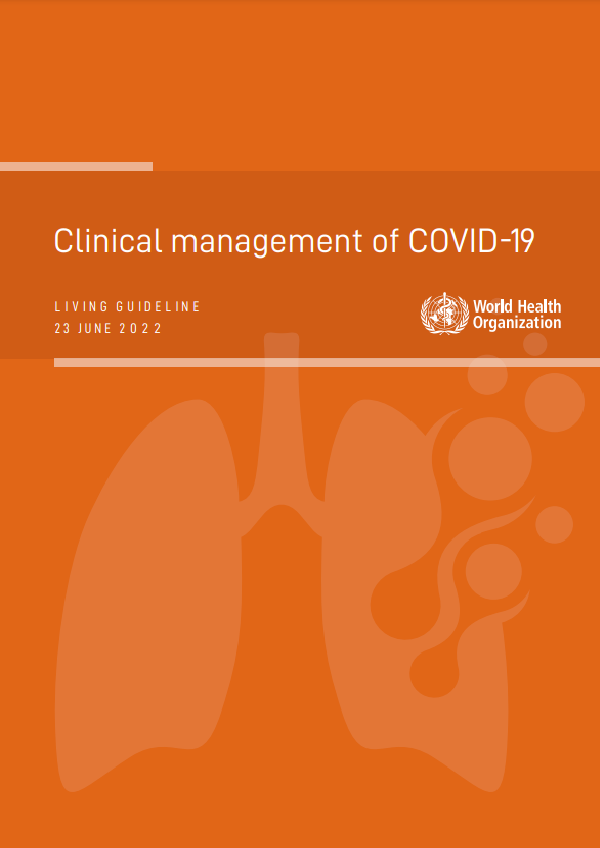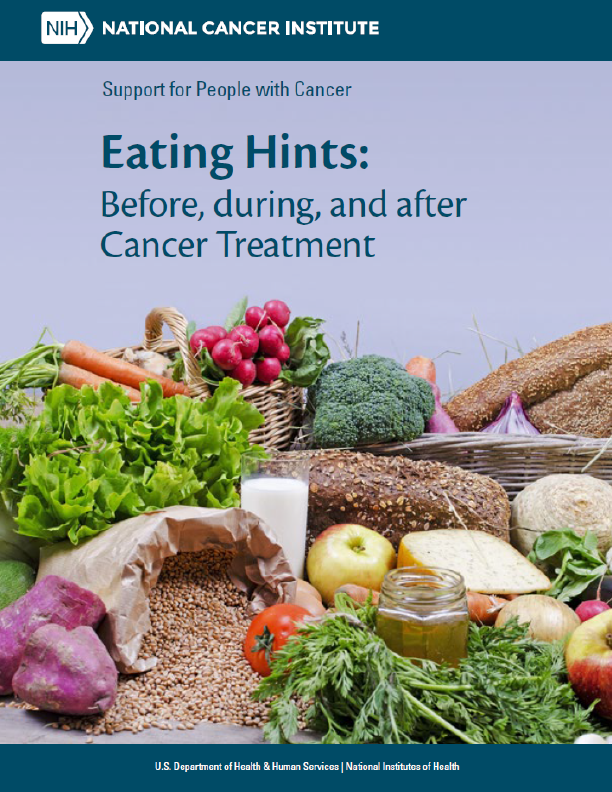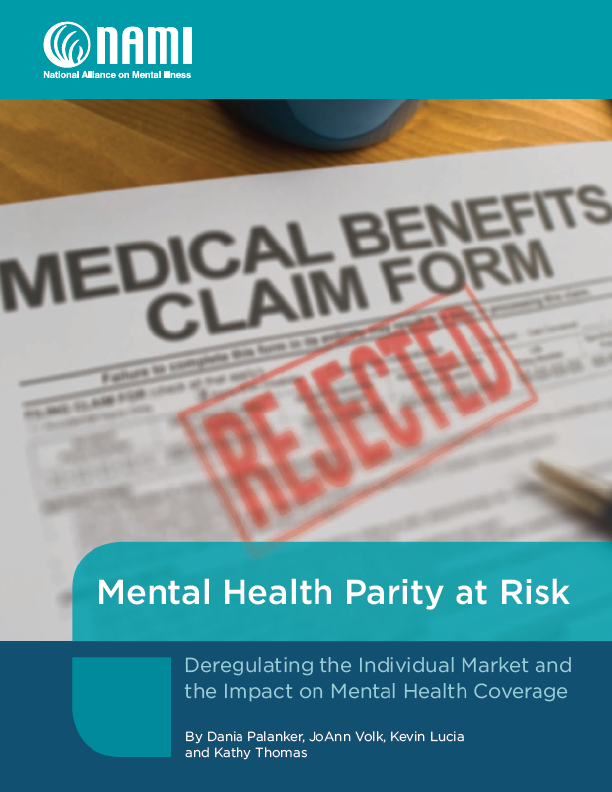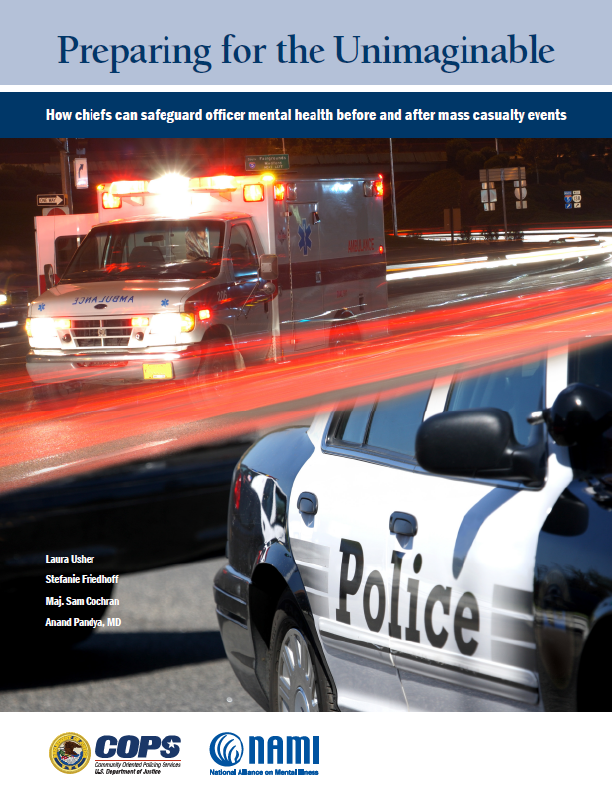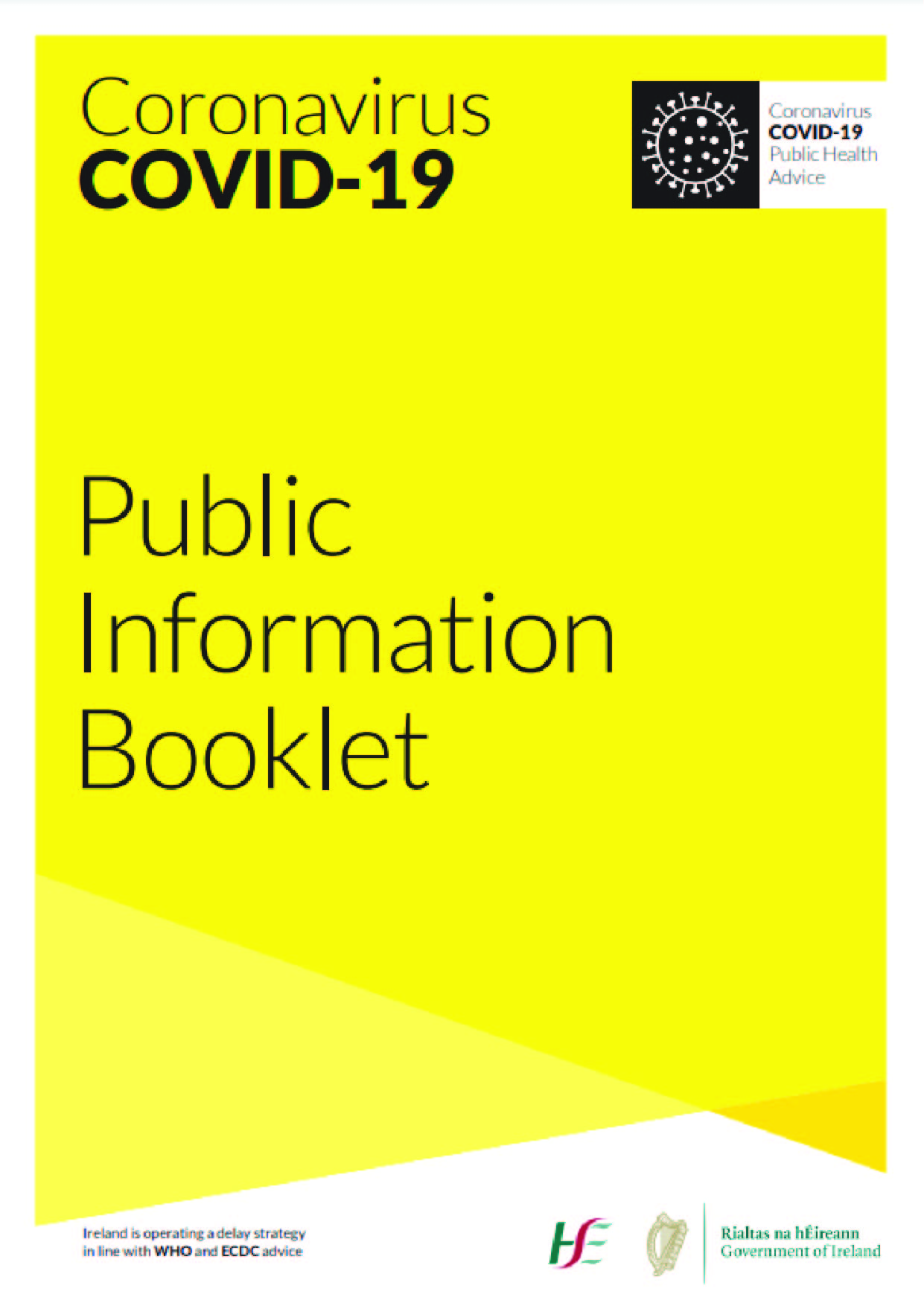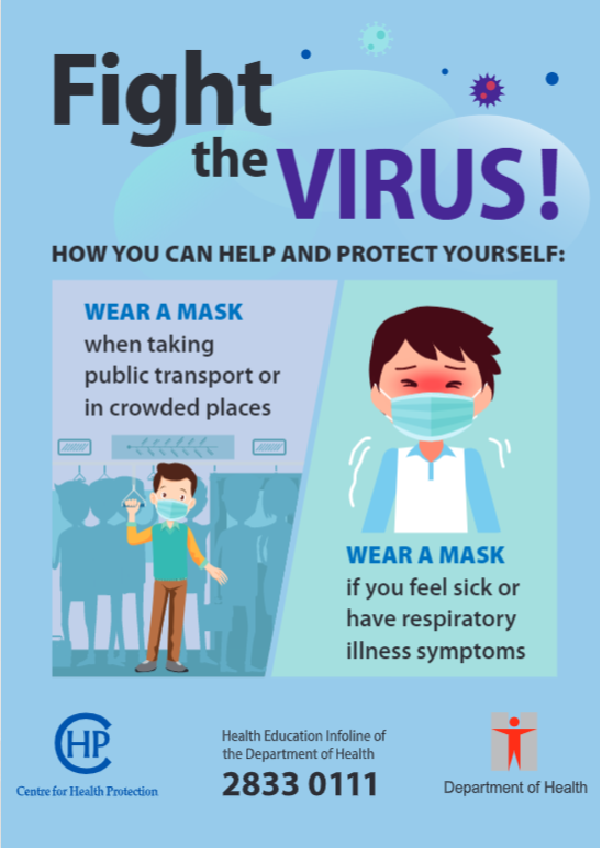The WHO COVID-19 Clinical management: living guidance contains the Organization’s most up-to-date recommendations for the clinical management of people with COVID-19. Providing guidance that is comprehensive and holistic for the optimal care of COVID-19 patients throughout their entire illness is important.
This updated (fourth) version contains three new recommendations regarding hospitalized patients with severe or critical COVID-19, which includes a:
- conditional recommendation to use high-flow nasal oxygen (HFNO) in hospitalized patients with severe or critical COVID-19 and acute hypoxaemic respiratory failure (AHRF) not needing emergent intubation rather than standard oxygen therapy
- conditional recommendation to use continuous positive airway pressure (CPAP) in hospitalized patients with severe or critical COVID-19 and acute hypoxaemic respiratory failure (AHRF) not needing emergent intubation rather than standard oxygen therapy
- conditional recommendation to use non-invasive ventilation in hospitalized patients with severe or critical COVID-19 and acute hypoxaemic respiratory failure (AHRF) not needing emergent intubation rather than standard oxygen therapy
Rationale for the new recommendations:
The recommendations were triggered by the availability of new evidence (five randomized controlled trials [RCTs] specific to COVID-19). Two systematic reviews/meta-analysis (one based on a direct PICO – COVID-19 patients and the other based on an indirect PICO of patients with acute respiratory distress syndrome (ARDS) and hypoxemic respiratory failure) provided the data for the development of these recommendations. The rationale for the broad recommendation around the use of these devices over standard oxygen therapy is explained in detail in the respective sections; key factors guiding these recommendations were the impact (benefit) of these devices on four prioritized critical outcomes: mortality, need for invasive mechanical ventilation, hospitalization, and ICU length of stay. The recommendations are conditional based on the quality and certainty of the evidence.
For sub-questions such as the choice of interface (helmet vs face mask etc.) or between-device comparisons, the GDG chose not to make a recommendation either due to the absence of direct data or the uncertainty.
How this guideline was created? A GDG of content experts, clinicians, patients, ethicists, and methodologists produced recommendations following standards for trustworthy guideline development using the Grading of Recommendations Assessment, Development, and Evaluation (GRADE) approach. No conflict of interest was identified for any panel member or other contributors to the guideline development process. This living guideline represents an innovation from the World Health Organization (WHO), driven by the urgent need for global collaboration to provide trustworthy and evolving COVID-19 guidance informing policy and practice worldwide.
The latest evidence: The GDG’s recommendations for non-invasive advanced respiratory support options for patients with severe and critical COVID-19 with AHRF not requiring emergent intubation were informed by the results of two systematic reviews, one evaluating the use of these interventions in patients with COVID-19 (direct PICO) and the other evaluating the use of these interventions in patients with non-COVID-19 ARDS (indirect PICO).
Understanding the recommendations:
When moving from evidence to recommendations, the GDG considered a combination of evidence assessing relative benefits and harms, values and preferences, equity and feasibility issues. For severe and critical COVID-19 patients with AHRF not requiring intubation, the GDG recognized that: HFNO may reduce mortality and need for invasive mechanical ventilation (IMV; direct PICO, low certainty); and probably decreases hospital length of stay (direct PICO, moderate certainty evidence) when compared with standard oxygen therapy (SOT); that CPAP may reduce mortality and length of stay (direct PICO, low certainty) and probably decreases the need for IMV (moderate certainty) when compared with SOT; and that non-invasive ventilation (NIV) probably reduces mortality and IMV (indirect PICO, moderate certainty) and may decrease hospital length of stay (indirect PICO, low certainty). The GDG emphasized that appropriate resources such as trained staff and infrastructure, as as oxygen supply, need to be in place for implementation.
